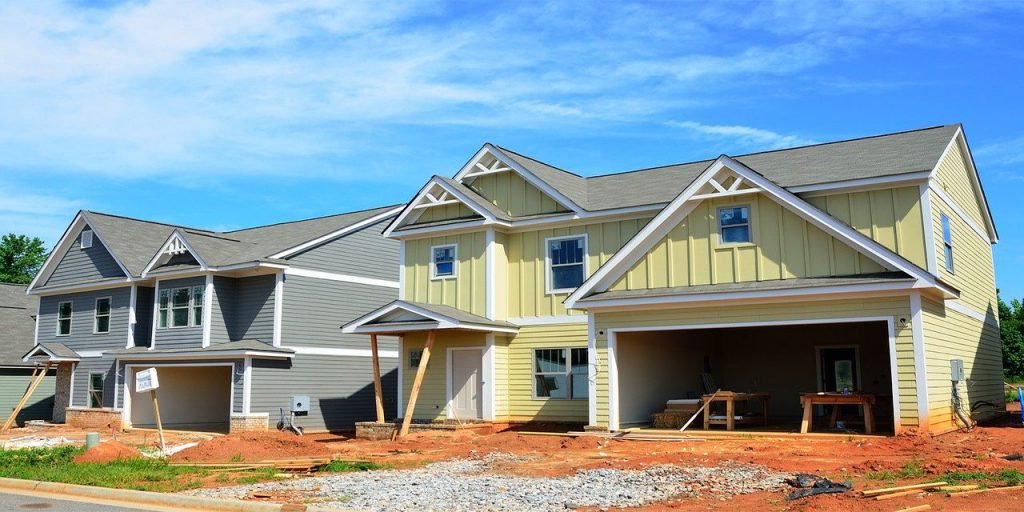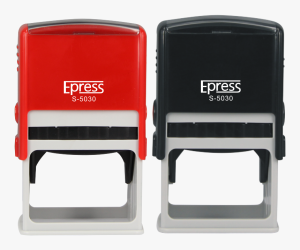What Happens When a Neighborhood Home Becomes a Halfway House?
3 min read
Most people are familiar with the term halfway house but probably have only a vague idea of what a halfway house is or isn’t.
What Is a Halfway House?
A halfway house is a structured living environment designed to help people re-acclimate to life in the general population after leaving a substance abuse rehab facility or prison. It’s an umbrella term to cover several types of facilities.
People may be most familiar with halfway houses for recently paroled inmates needing a transitional space to reenter society, but they also can be government-subsidized sober living homes for people with substance use disorders (SUD).
Others are privately-run with voluntary admission and a focus, such as Susan Burton’s A New Way of Life Reentry Project, a halfway house that offers a focus for the safety of women leaving incarceration.
In most cases, halfway houses are managed by a former resident of a halfway house because they have experience with what it’s like to recover from those issues. That unique perspective is a terrific asset to people who are trying to learn to do likewise.
Halfway houses each have their own set of guidelines for all of the residents to follow. Most halfway houses require that the residents:
- Actively seek employment. It is considered a vital step in the recovery process.
- Maintain sobriety and not bring drugs or alcohol into the house.
- Perform their assigned household chores and complete them on time.
- Follow a curfew.
Halfway Homes, Good or Bad?
Contrary to expectations, halfway houses have been shown to reduce recidivism, it is easy to let the mind wander to worst-case-scenarios as perpetuated by the news and horror movies.
The biggest concern of area residents is the “type of element” that could be housed – prisoners and/or addicts — and that this could cause increased crime rates and more drug use and sales.
Despite these concerns, these worst-case scenarios seldom happen. Halfway homes generally have little impact in their neighborhoods and blend in with the community.
Unfortunately, there can be some negatives.
If the halfway house is poorly managed, the operators may overlook and not report drug use within the home, violence on the premises, and residents leaving and not returning.
One problem is if the halfway house isn’t run by people who believe in rehabilitation and reintegration but have some ulterior financial motive.
Some halfway house contracts seem to have been issued to repay political favors, to reward a politician’s financial backers and supporters. While such a level of corruption in business would lead to the replacement of management and employees, there is less accountability with correctional institutions such as halfway houses.
Dual Diagnosis
Almost half of all individuals with substance use disorders — alcohol and drugs — also have a co-occurring mental health issue — anxiety, depression, stress, trauma — that caused, was caused by, or exacerbated by the substance use. To have both is a dual diagnosis. Those with dual disorders need treatment for both conditions or they are far less likely to recover.
Many criminal offenders also have a SUD or mental health issue, but rarely receive treatment while in prison. A halfway house may be their first opportunity to get such treatment and avoid going through the revolving door of relapse, recidivism, imprisonment, and release.
Halfway houses with SUD treatment can make a lot of difference in reducing crime and drug activity in a community. The sooner career criminals and those struggling with addiction can be rehabilitated, the sooner everyone wins.
Halfway houses provide a fresh perspective for those with a dual disorder, offering a chance to learn healthier coping mechanisms and better points of view when problems arise.
Not only are neighborhoods seldom negatively impacted by the addition of a halfway house, but those who get to live in them also benefit greatly.
Author Bio: Patrick Bailey is a professional writer mainly in the fields of mental health, addiction, and living in recovery. He attempts to stay on top of the latest news in the addiction and the mental health world and enjoy writing about these topics to break the stigma associated with them.
Sources:
- prisonpolicy.org – What you should know about halfway houses
- anewwayoflife.org/ – A New Way of Life Reentry Project
- prisonlegalnews.org – When Halfway Houses Pose Full-Time Problems
- ncbi.nlm.nih.gov – Counteracting ‘Not in My Backyard’: The Positive Effects of Greater Occupancy within Mutual-help Recovery Homes






